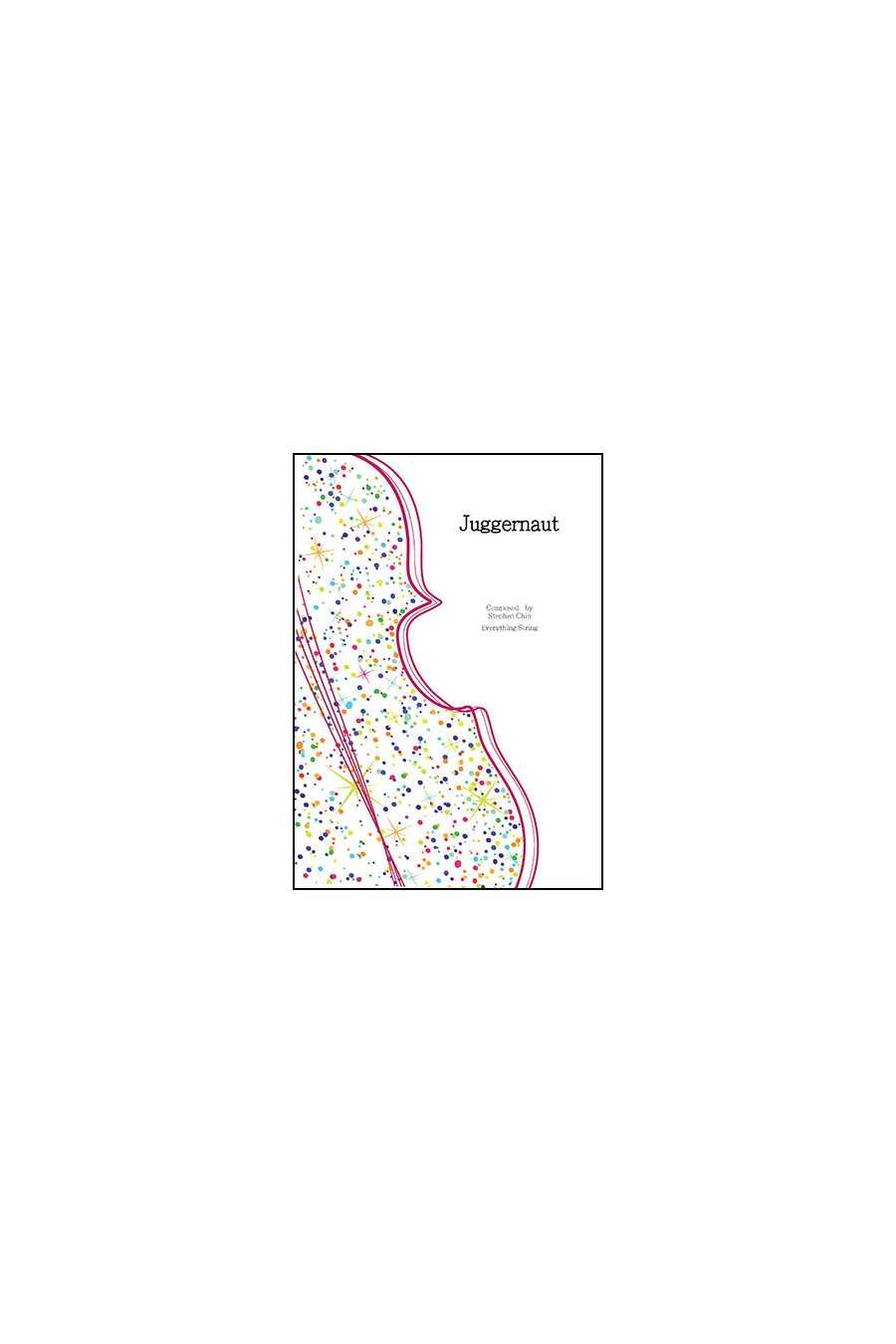

Genghis Khan, a feared warrior, and his soldiers ride through Mongolia into China. The piece's driving rhythms and accented chords create an atmosphere of strength and awe in battle. A gentler middle section uses the pentatonic scale, perhaps as Khan rests. The work concludes with a surge of energy as he moves towards his next battle.
For String Orchestra Grade 1.5
La Tempesta di Mare is the overture to Salieri's opera, Cesare in Farmacusa. It narrates the journey of the young Julius Caesar as he sails through a treacherous storm to Farmacusa, near Sicily. The plot is filled with pirates, gypsy lovers, and, of course, Roman gods, providing much entertainment for audiences of that time.
Mazas, a renowned composer, is known for his effective etudes and chamber ensemble works. This duet for two violins, dating back to the early 19th century, showcases the late Classical and early Romantic styles. The music is characterized by sharp rhythms and lyrical melodies, making it an excellent choice for a String Orchestra at level 3.5.
This enchanting tone poem creates a peaceful atmosphere with its soft melodies and forest whispers. The sweeping beauty of the noble theme leads to a faster section with contrasting themes and variations. The string section uses various techniques to create a dynamic sound, featuring a brief solo quartet. The piece ends with a reference to the opening melody and the sound of a waterfall. Musicians will enjoy using their imagination to bring this musical landscape to life.
For String Orchestra Grade 3.5
David Maddick compiled “Chinwagging” from the most popular tunes in “Thirty Concert Pieces” by Everything String. The piece teaches fundamental string techniques to young ensemble members, such as legato bowing, string crossing, re-taking, and right/left-hand pizzicato. It’s an enjoyable and solid introduction to foundational concepts.
For String Orchestra Grade 1